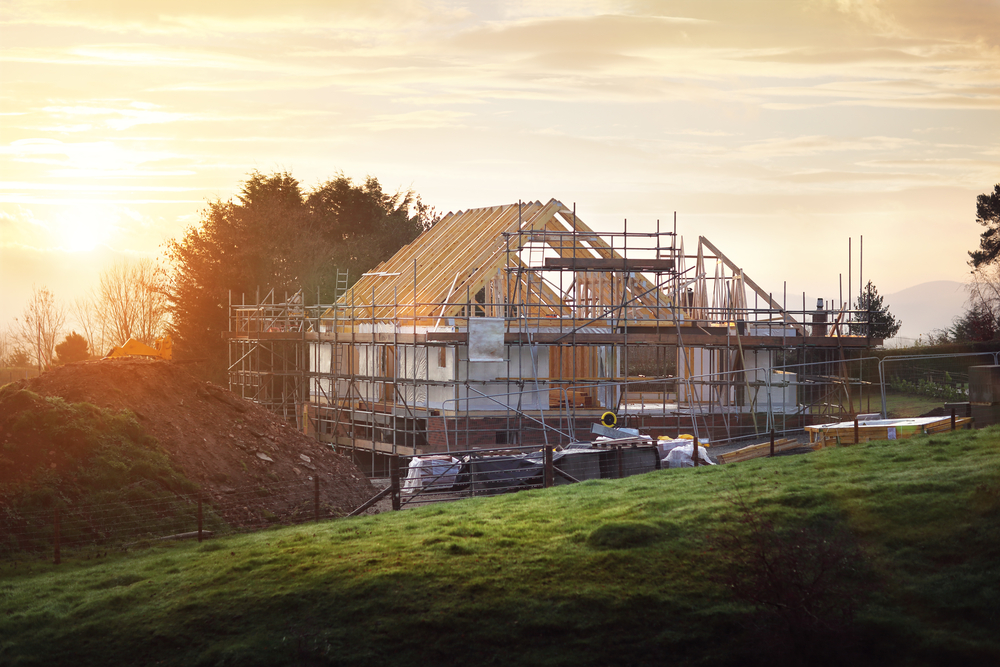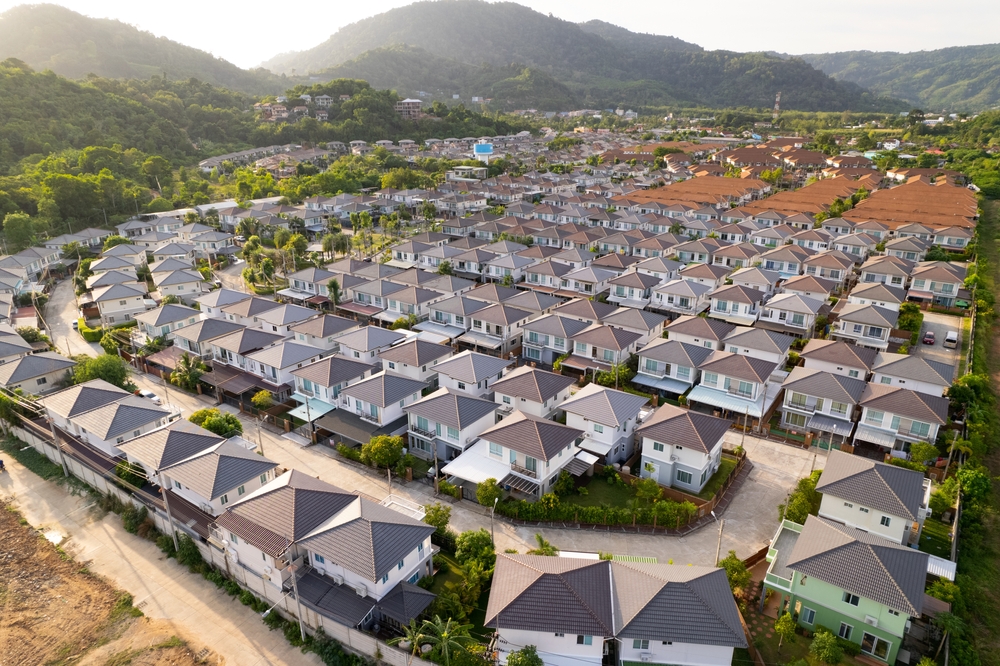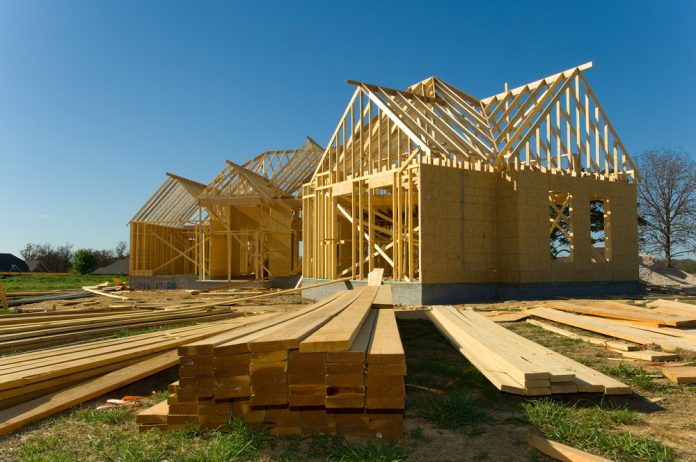There’s been a surprising shake-up in the construction world that’s worth your attention, especially if you’re thinking about buying, building, or investing in real estate. Construction spending in the U.S. just dropped for the second month in a row, and much of that downturn is tied directly to the single-family housing market. So, let’s unpack what’s going on, why it matters, and what it could mean for the months ahead.
Construction Spending Is Down—Again
According to fresh data from the U.S. Census Bureau, construction spending fell by 0.4% in April. That might sound like a small dip, but considering the industry is valued at over $2.15 trillion, even a half-percent drop translates into billions of dollars. And it’s not just a one-off—this followed a revised 0.8% decline in March. What’s more surprising is that most economists had actually expected a modest rebound in April. Instead, we got back-to-back declines.
Year-over-year, construction spending is also down compared to April 2024. These numbers paint a picture of an industry that’s tapping the brakes—and doing so more quickly than many expected.
Single-Family Housing Hit Hardest
So where is the slowdown showing up the most? Single-family housing.
Private construction projects—which include both residential and commercial building—took the biggest hit, dropping by a hefty 0.7%. Within that category, residential investment declined by 0.9%, and single-family construction specifically fell by 1.1%. That’s where the pressure is building the most.
Why the drop? Two big culprits: high borrowing costs and elevated mortgage rates.
Why Builders Are Pulling Back
Let’s talk financing. Mortgage rates are still hovering near 7% in many markets. For builders, that means the cost of financing a new project is significantly higher than it was just a couple years ago. And for potential homebuyers, it means monthly payments can feel out of reach—even when home prices are relatively stable.
Add to that a market that’s flush with inventory—both new and previously owned homes—and builders are understandably cautious. In fact, we’re currently sitting on the highest supply of previously owned homes in more than four years. New home inventory has also returned to levels we haven’t seen since 2007, just before the last major housing crash.
When the market is already full, the incentive to build more shrinks. Many builders are deciding to hold off rather than risk overextending.
Read More: The Housing Market Has Flipped: Why Buyers Now Have the Upper Hand
Material Costs and Tariffs Add More Pressure

If that wasn’t enough, material costs are also creeping back into the spotlight. Recent trade policies have increased tariffs on steel and aluminum from 25% to 50%. For an industry that heavily depends on those materials—especially for large-scale projects—this move has created an added financial burden. Steel and aluminum are foundational for everything from residential homes to office buildings to bridges and infrastructure. These increased costs are felt almost immediately across the construction ecosystem.
It’s Not Just Homes—Commercial and Multifamily Are Slowing Too
The slowdown isn’t isolated to single-family homes. Multifamily construction, which includes apartment buildings, townhomes, and duplexes, dipped slightly by 0.1% in April. Private non-residential construction—think office buildings and factories—fell by 0.5%. So whether it’s housing or commercial, the brakes are being tapped all around.
But There’s a Silver Lining: Public Construction Is Up
Here’s where things get a bit brighter. Public construction spending is actually increasing. Federal construction spending jumped 2.7% in April, while state and local governments increased their investment by 0.3%. Projects like highways, schools, and government buildings are keeping some parts of the industry moving forward. Infrastructure investment, in particular, is playing a key role in supporting the broader construction sector during this slowdown.
What’s Happening in California?

Zooming in on California, the picture is nuanced. Over the past five years, the state has added more than 560,000 housing units. That sounds like progress, but the growth has been anything but even. San Benito County, for example, saw a 9% spike in housing development, largely due to commuters relocating from the Bay Area. Inland areas like San Joaquin and Riverside counties are also experiencing a boom in new builds.
Still, even in high-growth regions, builders are feeling the squeeze. Labor is expensive, materials are costly, and consumer sentiment remains cautious. Despite the housing demand, the economics just aren’t lining up for many developers.
Prefab and Modular Homes: A Growing Trend
One emerging solution to these challenges? Modular and prefabricated homes.
These homes are built off-site, then assembled on location—often in a matter of days rather than months. They use fewer materials, require less labor, and can significantly cut down on both time and cost. In places like California, where affordability and speed are critical, modular construction is starting to gain serious traction. Experts believe this trend could represent the future of homebuilding, especially in high-demand, high-cost states.
What This Means for You
- If you’re a buyer: Expect slower new home construction in the near term. That could put more pressure on existing inventory, and you may find fewer new build options to choose from. However, it also means you might have more negotiating power on existing homes, especially if inventory remains high.
- If you’re a builder: It might be time to re-evaluate where you’re deploying capital. With borrowing costs high and buyer demand in flux, caution and strategic planning are the name of the game right now.
- If you’re an investor: Pay close attention to the balance between supply, demand, and interest rates. The market isn’t collapsing, but it is clearly in a period of recalibration. Understanding where the demand is strongest—and where future opportunities lie—will be key to staying ahead.
Looking Ahead

April’s construction numbers don’t scream “crisis,” but they do show that the industry is pausing, reassessing, and waiting for clearer signals. Builders are watching interest rates. Buyers are watching prices. And everyone’s keeping a close eye on what comes next.
As we move into summer, the big question will be whether this slowdown continues or if we start to see a rebound in construction activity and market confidence. Either way, we’ll be keeping tabs—and bringing you the insights you need to stay informed.
So if you’re in the housing market in any capacity, stay sharp. Big changes are happening, and being in the know gives you a big advantage.
Read More: The Top 10 States Solving America’s Housing Crisis (And the Ones Making It Worse)

